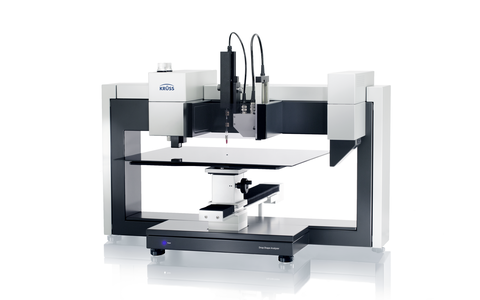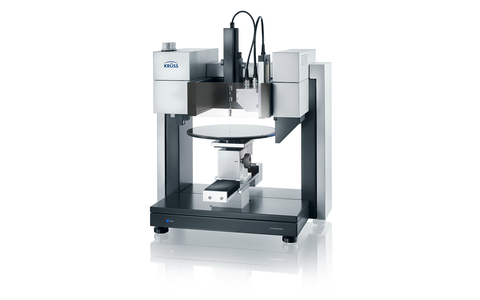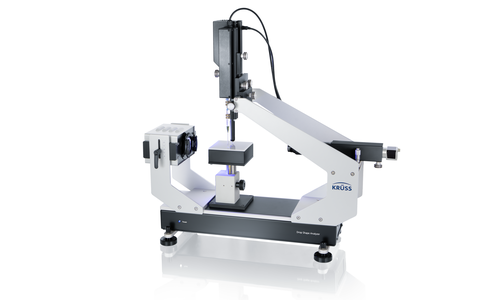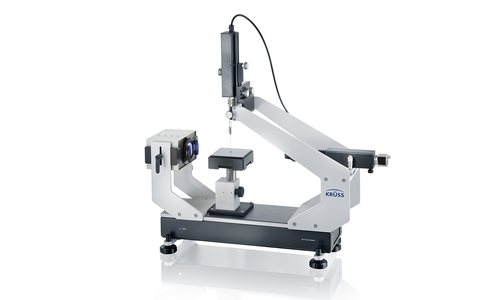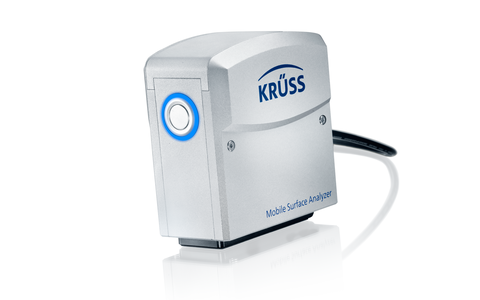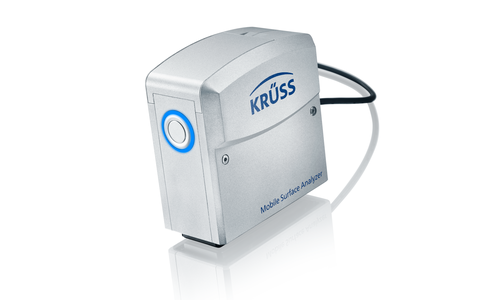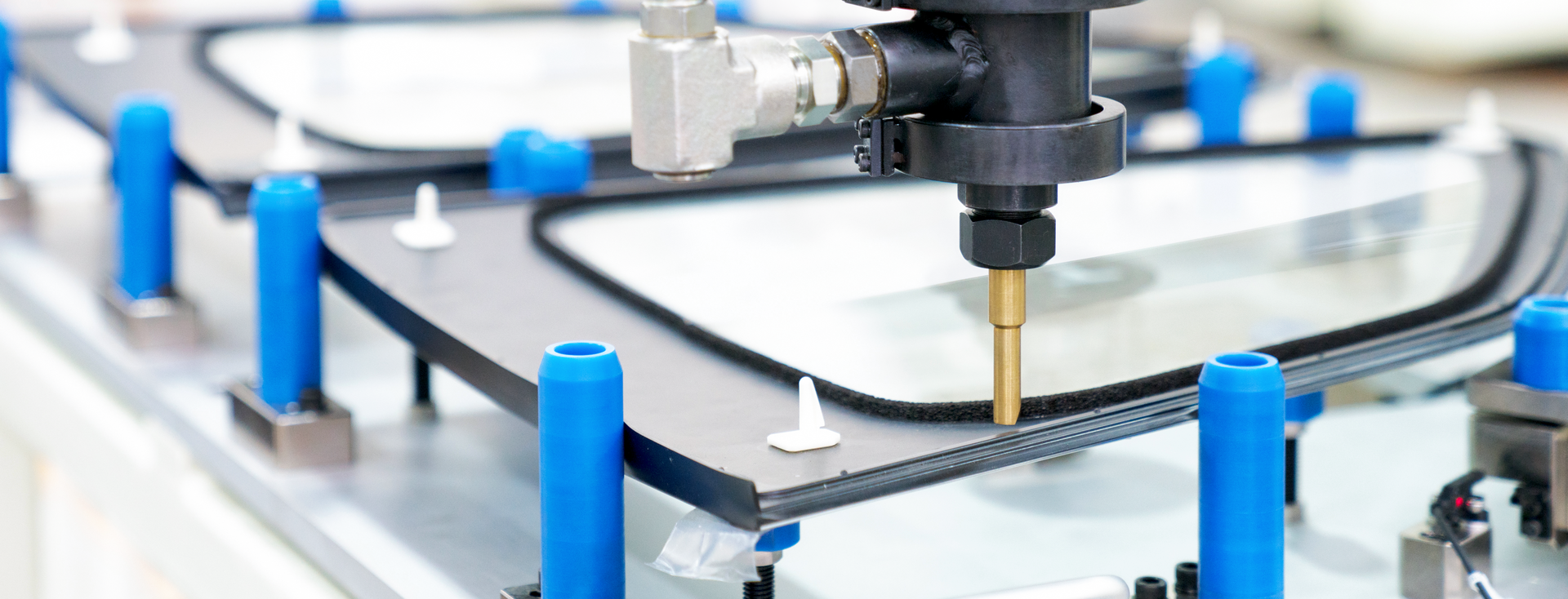
Adhesion on glass
Contact angle and surface tension in glass cleaning and coating
As a result of its high surface free energy, glass is outstandingly suitable for joining and coating. However, hydrophobic substances easily adsorb on glass surfaces, which makes bonding and coating more difficult. It is therefore necessary to carry out thorough preparatory cleaning of the glass surfaces, and sensible to ensure the quality of this cleaning using interfacial chemical methods.
Good wettability of glass is undesirable in many applications, for example for car windshields or spectacle lenses. In such cases, glass is often given a hydrophobic coating. Our measuring technology is used in the development and testing of non-stick coatings.
Applications of surface analyses for glass
- Bonding of glass panes for windows
- Hydrophobic coating (automobile glass, spectacle lenses, shower walls)
- Shatter protection
- Easy-to-clean and self-cleaning coatings
- Graffiti protection
- UV protection
Quality assurance of cleaning solutions
Cleaning solutions contain surfactants which reduce surface tension, improve the wetting of hydrophobically contaminated glass surfaces and displace the contamination. Our tensiometers measure the surface tension precisely and characterize the efficiency of surfactants based on the critical micelle concentration (CMC). This information helps in the choice and dosage of surfactant.
As the surface tension depends on the concentration, it can basically be used to measure the surfactant content. However, the surfactant concentration of glass cleaning solutions lies above the CMC where the behavior of the surface tension is independent of the concentration. In such cases, the dynamic surface tension, which is also concentration-dependent above the CMC, can be measured using our bubble pressure tensiometers. For this purpose, a reference curve is produced with a stationary laboratory unit as the basis for determining the active ingredient content on site using a mobile bubble pressure tensiometer.
Checking the cleaning of glass
As an almost ideal surface, clean glass exhibits the same wettability everywhere. From a measurement point of view, this is expressed as a uniform contact angle over the whole surface. Local contamination is discernible by a different contact angle. Our contact angle measuring instruments are therefore able to classify the quality and homogeneity of the cleaning process. The test can be carried out on site non-destructively and even on vertical surfaces using our mobile contact angle instruments.
Investigation of hydrophobic coatings
Hydrophobicity is associated with a low wetting of the glass surface by water drops. The effect of the coating can therefore be measured directly by means of the contact angle. It is also helpful to investigate the long-term stability. Measurements are taken at regular intervals in the course of weathering tests for this purpose.
In the case of coatings which adhere to glass without forming a chemical bond, the work of adhesion can also be calculated as a measure of the adhesion. For this purpose, the surface free energy of the glass is measured based on contact angle measurements as well as the surface tension of the liquid coating substance. As a further result of the measurements, the interfacial tension describes the inherent instability of the coating at the interface. It defines how easily the coating can be detached by the penetration of water.
Measuring the roll-off behavior for self-cleaning surfaces
In the case of strongly hydrophobically coated glass surfaces, a self-cleaning effect is frequently produced, whereby dirt particles are removed by drops of water rolling off the surface. For this purpose, the roll-off angle can be measured using tilting devices for our contact angle measuring instruments. This describes the angle of inclination at which a drop rolls or slides off the surface.








